Playing with intuitive zines as NaNoWriMo prep.
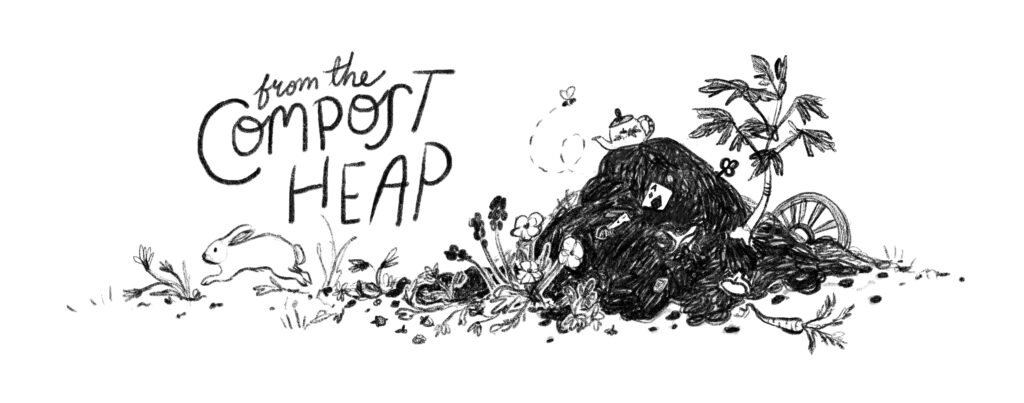
-
Read more: untitled post 156079571
Three of these beauties visited today.
-
Read more: untitled post 156079558
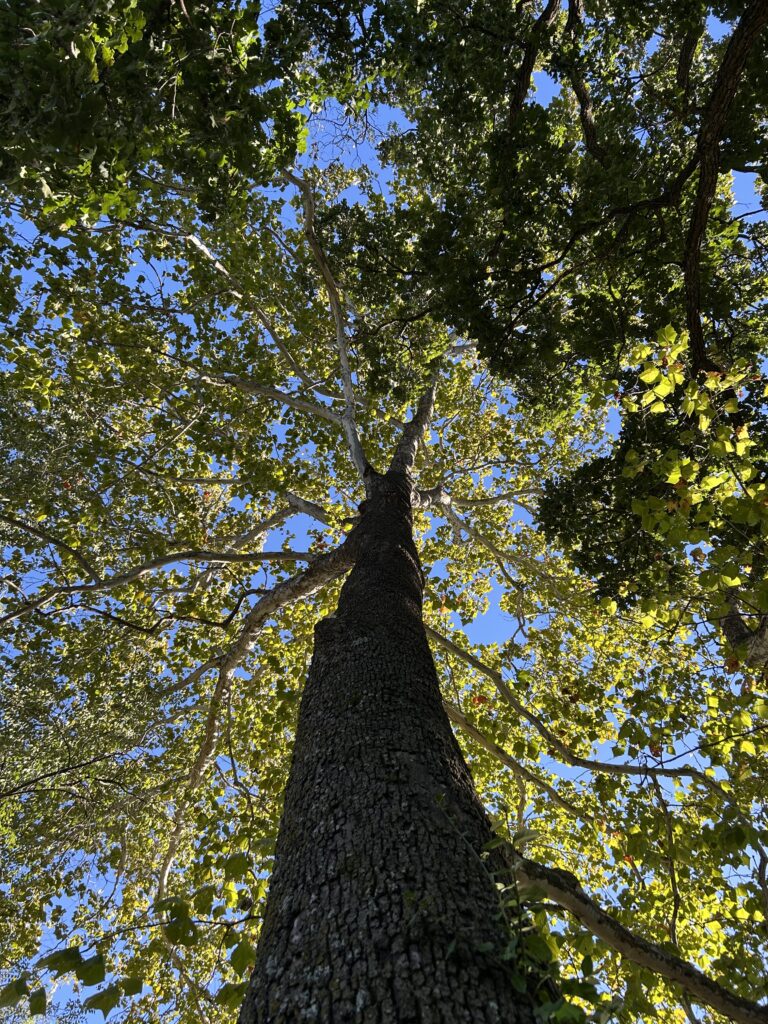
Stedding vibes.
-
Read more: untitled post 156079582
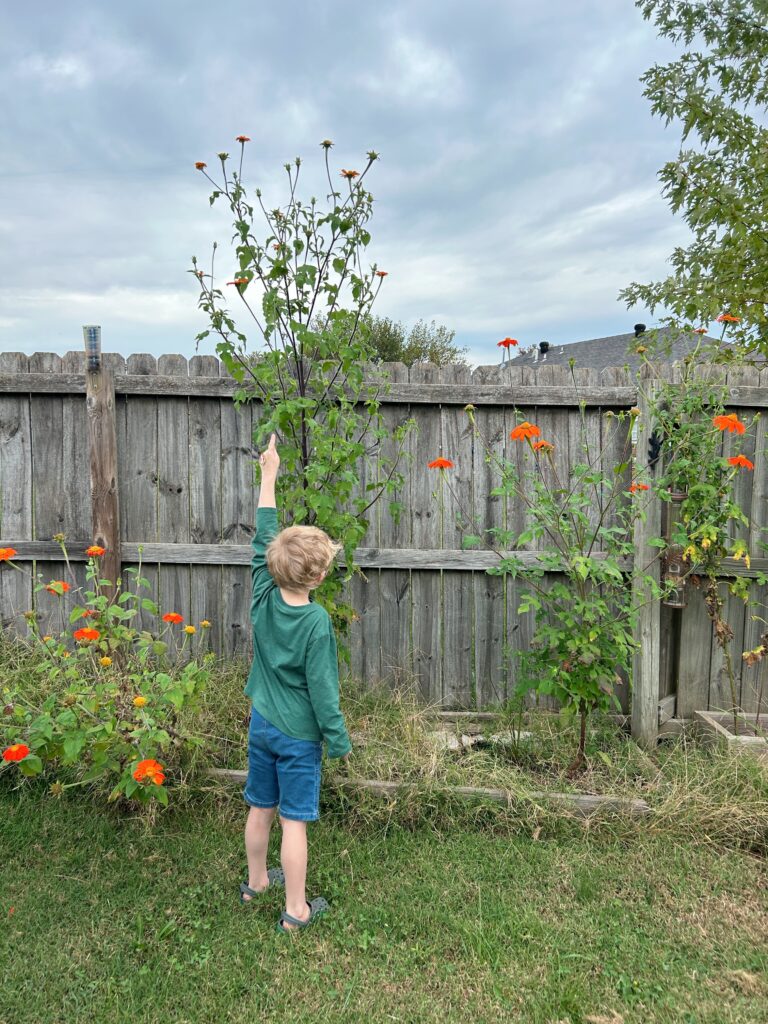
Chaos garden is chaos-ing.
Tithonia is thriving on neglect.
-
Read more: untitled post 156079573
Trying out a new smaller compost heap. We still have the big slow heap made of wooden pallets. But I’m hoping this one will decompose a bit faster.
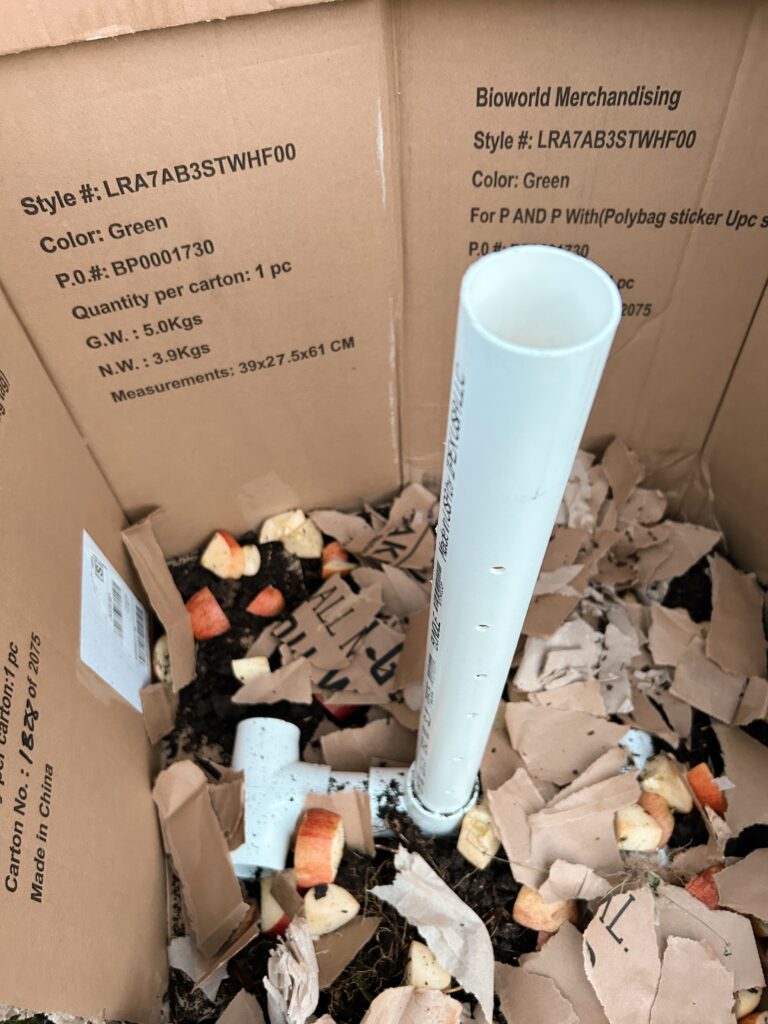
It’s a metal crate lined with cardboard and the PVC pipe with holes is for oxygen since I can’t turn the heap due to my back. I do have a tall wooden stake I use to stir it around a bit – which since this is smaller is much easier to do now!
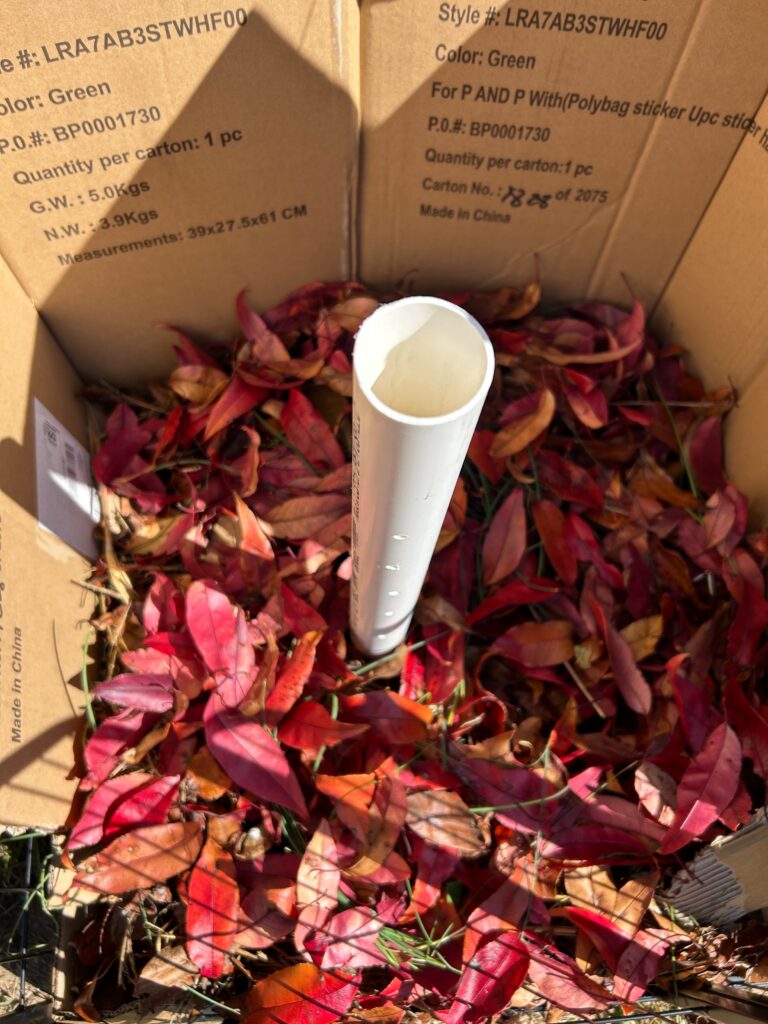
-
Read more: untitled post 156079579
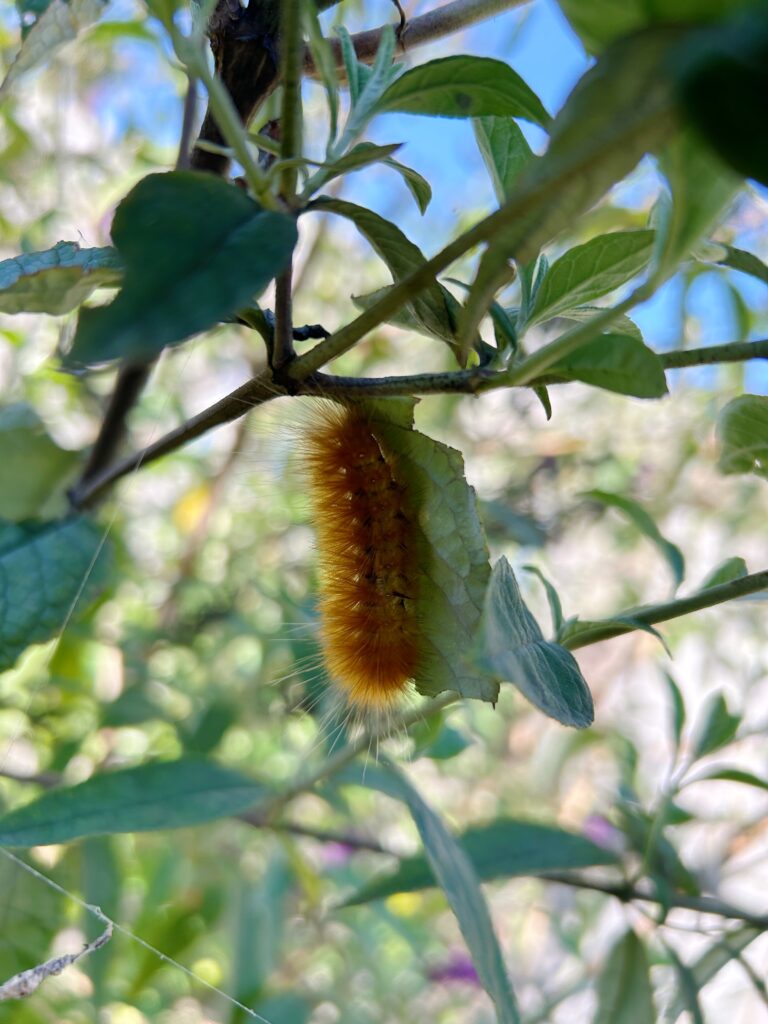
I’m no expert, but I believe this is a Yellow Wooly Bear Moth caterpillar.
-
Read more: untitled post 156079568
Purple hyacinth beans, moon flowers & morning glories.
-
Read more: untitled post 156079565
Monarchs living their best life.
-
Things Bringing Me Joy ✨
Read more: Things Bringing Me Joy ✨Part of my advocacy work right now is being autistic in public.
But to continue doing that I have to take care of myself.
Here are some of the things that brought me joy this week.
Making Mini Zines ✂️
Different types of making meet different needs.
Writing is analytical and helps me unravel my ideas. But it’s not the most regulating.
So instead of writing this week I’ve been making mini zines.
This one is using images from the mood board for my fantasy novel. A process that I paused for several months and am now orbiting back to. I’m really curious about how I can make my storytelling more interdisciplinary and how I can invert my writing from something I am doing for others to something I am doing for myself.
I’ll probably write more about this later, but here’s a timelapse of me making a zine.
Tap to watch me make a zine at midnight when everyone else in my house is sleeping.
Down the Rabbit Hole 🐇
I fell into a story over the weekend the way Alice fell into Wonderland. Once I started I just had to keep reading until I reached the end.

Non Player Character by autistic author Veo Corva (they/them) made me feel seen in a way I don’t think I ever have in a story before.
This book follows a diverse group of nerds becoming found family. If you’ve ever felt alone or “too much” or “not enough” I think you should read this.
+ 10 if you’re autistic, anxious, or otherwise neurodivergent.
+ 10 if you’re queer, gender queer or disabled.
+10 if you’ve ever been a fantasy gamer (tabletop or video game).
I can’t say much more without giving away plot points, but this is a beautifully written crowdfunded book.
Support the author if you can (and let me know if you read this!)
Escaping the Algorithm 🌀
I’m experimenting with an algorithm free way to share snippets of photos, videos, and links. I borrowed the idea from Katherine May to start a What’s App channel.
So far I’ve posted…
A peek at some test prints. (The final versions of these will be going out to my quarterly print subscribers this month.)
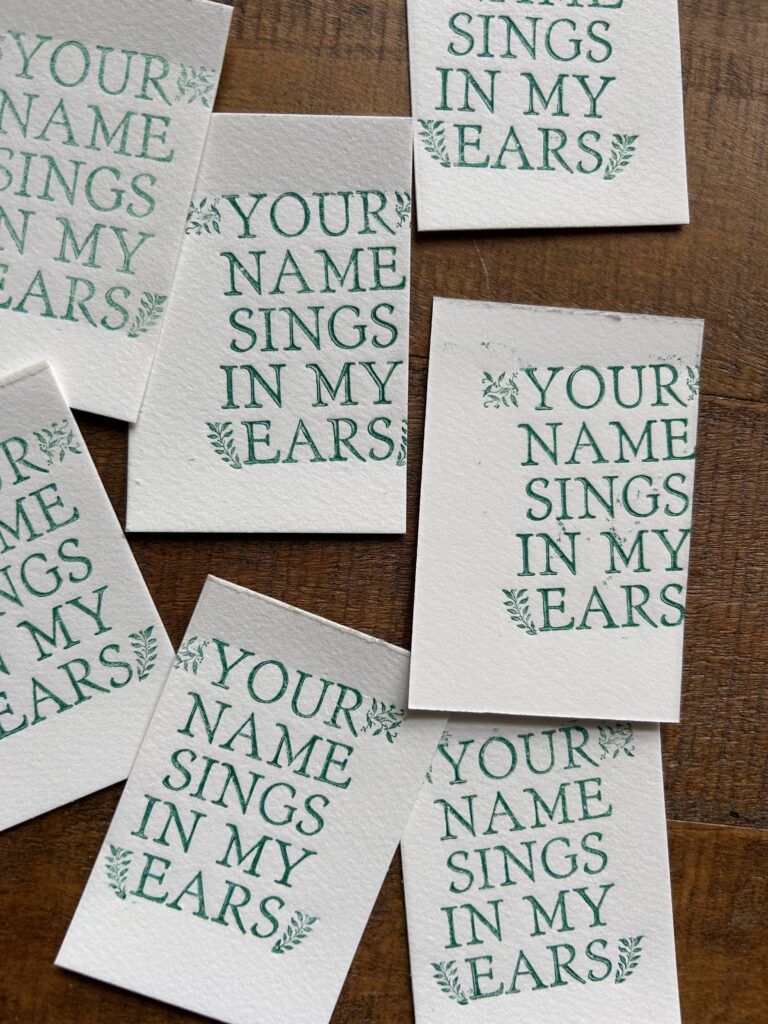
And I shared that I was enjoying Different, Not Less by autistic author Chloé Hayden. Which I’ve now finished. This book deserves a full review, but in short it was an informative and affirming view of autism & ADHD. 10/10 would recommend.

If you’d like little snippets like this you can follow through What’s App.
It’s the kind of thing I’d post to social media, but completely algorithm & ad free.
There are no comments. And I can’t even see who’s following me.
Just a simple portal for small shares.
Trading Zines 📮
I’ve been doing my zine thing for about a year now without really finding the zine community. Recently I stumbled into a zine Discord (let me know if you want an invite) and suddenly found myself trading zines with other zinesters.
If you’ve wandered around my homepage you may have noticed I have a section for alchemy (trade & barter) that isn’t set it up yet. (Boo chronic migraines!) But it’s pretty simple.
If you’d like to trade (zine for zine, book for book, or some other creative swap) just let me know!
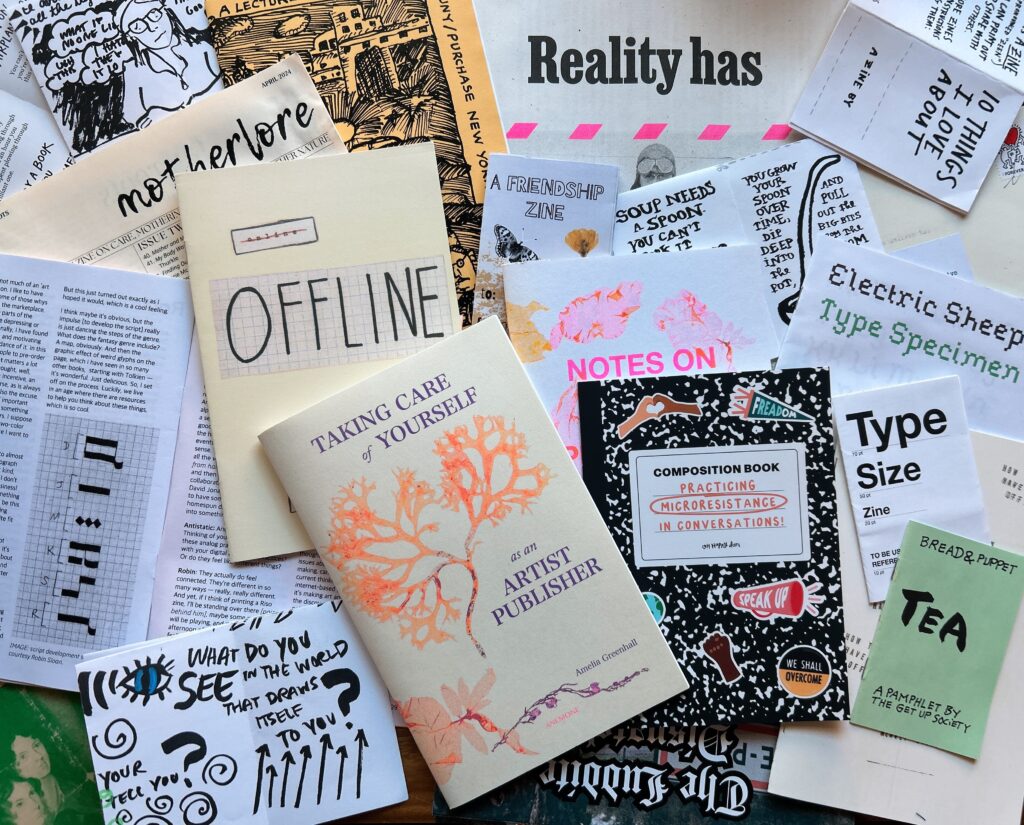
My zine collection (newest zine babies not photographed yet.)
I’m sure I’m forgetting something.
I’ll probably end up posting it to my What’s App tomorrow.
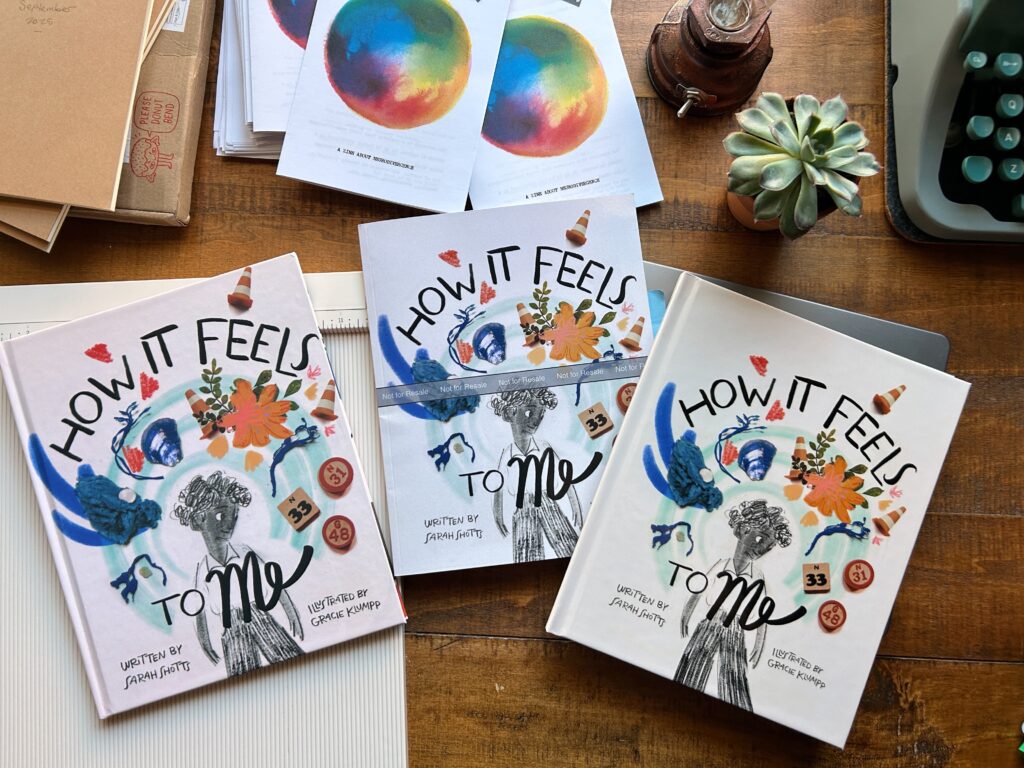
If you missed it, last week I shared some of the ways the autistic community needs your help right now and a short list of choose your adventure action items.
Thanks to everyone who reached out. I haven’t had the capacity to respond yet, but I appreciated each message and especially the two picture book preorders. 🥰
There seem to be a lot of cruel people in the world right now.
Thanks for being one of the helpers.
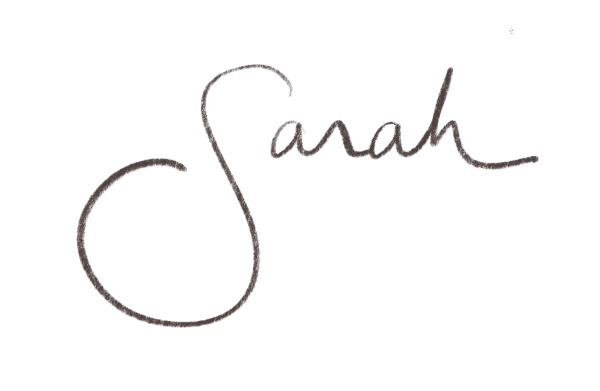
-
Don’t skip this one. 🌻
Read more: Don’t skip this one. 🌻I have an important update today.
But first, a peek inside my mental drafts folder…
- 10 Years Post Autism Diagnosis
- Finding Your Why (probably a zine)
- Dynamic Disability (& new chronic illness diagnosis)
- Embracing Supports (maybe a zine)
- Discovering my Fiction Writing Process
But I’m skipping over all of that for a time sensitive PSA.
Tylenol does not cause autism.
Big mistake.
I logged back into Instagram after 8 months away.
I couldn’t have chosen a worse time to do so.*
Instagram (at least the current iteration) is dangerous to my mental health. What used to be a light hearted photo sharing app has now turned into another algorithmic dumpster fire.
I tried everything.
I blocked accounts, “curated” my feed, and did my best to train the algorithm. Near the end I even downloaded a social media blocking app to limit my usage to midday.
I was already struggling.
Then the autism news hit.
Nope. I can’t be here. I’m out.
I naively imagined that the next generation of autistics could grow up with less stigma. To know who they are and unabashedly ask for support.
To see that progress purposefully eroded is gutting.
My nervous system simply cannot handle the horrors and catastrophizing on endless algorithmic remix.
And it’s not just autistics under attack. Every marginalized group is in real crisis right now. Science and education have been defunded.
There is a new fresh horror every day.

Read I’m Fine – a digitized zine about self regulation & advocacy
It’s easy to feel helpless when the world is on fire.
That is what they want.
But I’m not having it.
Let’s self regulate and take one positive action.
Together.
My Action Steps
Here’s what I can do.
- Be autistic in public.
- Model nervous system support for my fellow neurodivergent folks (and sensitive souls who may not even realize they are neurodivergent.)
- Continue creating resources that educate about the autistic experience.

Your Action Steps
If you want to be an ally here are ways to help.
Choose 1 or 2.
- Speak up when you hear misinformation and harmful rhetoric.
- Share my Spectrum blog post or zine.
- Contact your representatives. Tell them autism is not a disease to be cured.
- Preorder How it Feels to Me (a picture book about sensory processing.) This is a crowdfunded project I am creating with autistic illustrator Gracie Klumpp.

We just got a new set of proofs and are feeling very excited about next steps. After changing book binders we are a bit over budget – so if you preorder now it will be a big help.
If you don’t need a book yourself you can also choose to donate your copy and we’ll be sure it gets to someone who needs it.
I’m feeling particularly vulnerable this week.
If this email resonated I’d appreciate hearing from you.
Take Care,

FOOTNOTES
* Why did I do this? Because I met some cool people at the NWA Maker’s Faire and thought maybe I should try and better follow local creative events.